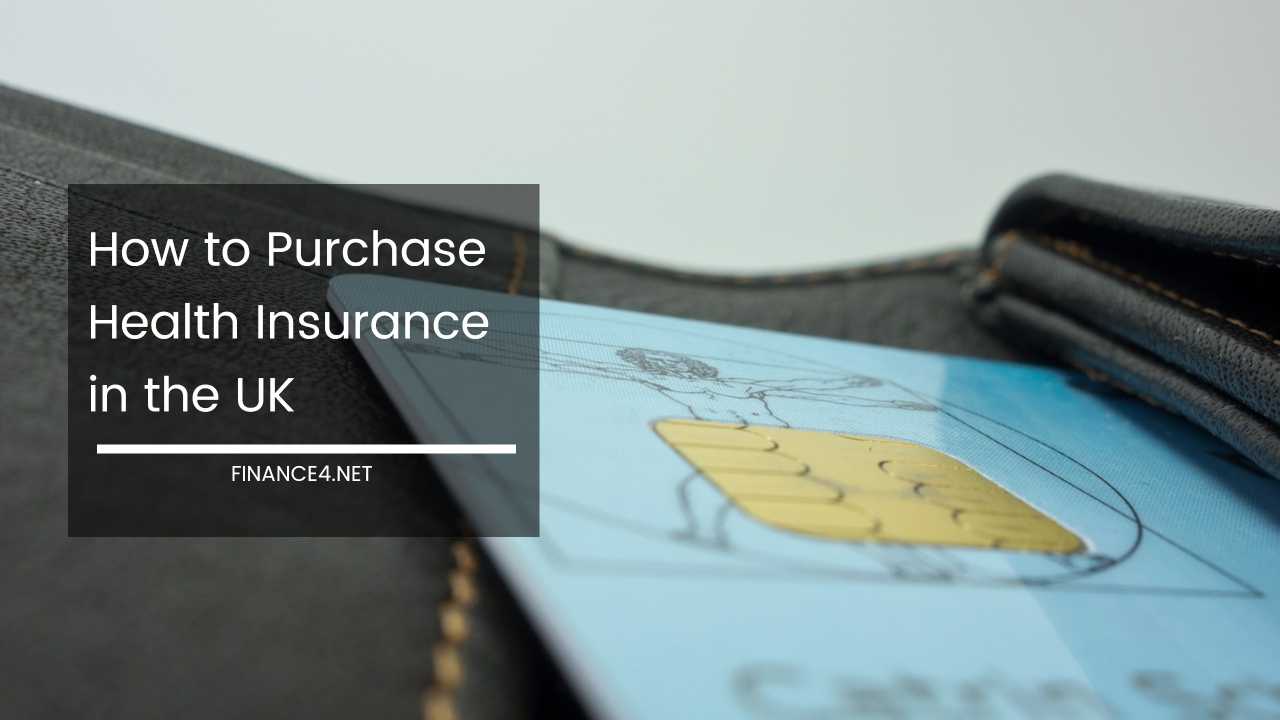Understanding No-Fault Auto Insurance: Coverage, Benefits, and State Variations

What Is No-Fault Auto Insurance? A Comprehensive Guide to Coverage and State Variations
Car accidents are a jarring experience, leaving you shaken and potentially facing mounting medical bills. Traditional auto insurance can add to the stress by requiring a fault determination before disbursing funds.
This is where no-fault auto insurance steps in, offering a streamlined approach to getting the medical attention and financial support you need after a collision, regardless of who caused it.
But is no-fault insurance the right choice for you? This comprehensive guide delves into the world of no-fault car insurance, explaining its intricacies, costs, benefits, and how it functions in different states.
By the end, you’ll be equipped to make an informed decision about your auto insurance coverage.
Understanding the Core of No-Fault Auto Insurance
No-fault insurance, often referred to as Personal Injury Protection (PIP), prioritizes getting medical care and financial assistance to those injured in an accident. Unlike traditional liability insurance, which assigns blame to determine who pays for damages, no-fault focuses on covering the policyholder’s and their passengers’ medical expenses, lost wages, and other accident-related costs.
There are two primary types of no-fault systems:
- Pure No-Fault: In these states, your insurance company takes the lead, paying your medical bills and other covered expenses first, regardless of fault. However, your right to sue the other driver for pain and suffering may be restricted unless your injuries meet a specific threshold of severity.
- Modified No-Fault: These states offer a hybrid approach. You can still file a claim with the at-fault driver’s insurance for more extensive damages beyond the coverage limits of your PIP policy.
Exploring the Costs and Advantages of No-Fault Car Insurance
Costs:
- Premiums: No-fault insurance premiums vary depending on your state, your chosen coverage limits, and your driving record. Generally, no-fault insurance can be slightly more expensive than traditional liability insurance.
Benefits:
- Faster access to medical care: No-fault eliminates the need to wait for a fault determination, ensuring quicker access to medical treatment and financial benefits to cover those expenses. This can be crucial during a time of injury and recovery.
- Reduced disputes: By removing the finger-pointing and assigning blame, no-fault can streamline the claims process between insurance companies, minimizing disputes and delays.
- Coverage regardless of fault: Even if you cause the accident, you’ll still receive compensation for covered expenses under your PIP policy. This offers peace of mind and removes some of the financial burden associated with an accident.
Things to Consider:
- Coverage limits: It’s vital to carefully review your policy’s PIP coverage limits for medical expenses and lost wages. Ensure they adequately cover your needs in case of an accident. Medical bills can add up quickly, and lost wages can further strain your finances during recovery.
- Suing for pain and suffering: In pure no-fault states, your ability to sue for pain and suffering may be restricted. If you anticipate the possibility of seeking compensation for non-economic damages beyond medical bills and lost wages, consider this limitation.
State Variations: Understanding No-Fault Laws Across the US
Twelve states and Puerto Rico have mandatory no-fault insurance laws:
- Florida
- Hawaii
- Kansas
- Kentucky
- Massachusetts
- Michigan
- Minnesota
- New Jersey
- New York
- North Dakota
- Pennsylvania
- Puerto Rico
- Utah
No-fault vs. Tort Law States:
The remaining states follow a tort-based system. In these states, fault determination is crucial, as it dictates who pays for damages. If you’re in a tort-law state and are injured in an accident, you would typically file a claim with the at-fault driver’s insurance company to recover your medical expenses, lost wages, and other damages.
The Importance of Maintaining Adequate Auto Insurance Liability Levels
Even in no-fault states, it’s essential to maintain adequate auto insurance liability coverage. Liability insurance protects you financially if you are found at fault for an accident and the other driver sustains injuries or property damage exceeding your PIP coverage limits.
Here’s a breakdown of common auto insurance coverages:
- Bodily Injury Liability: Covers medical expenses for people injured in an accident you cause. This is crucial protection, as medical costs can quickly spiral out of control.
- Property Damage Liability: Covers repairs to property damaged in an accident you cause. This could include damage to another driver’s vehicle or public property.
- Personal Injury Protection (PIP): Covers your medical expenses and lost wages in the event of an accident, regardless of fault (in no-fault states).
- Collision: Covers repairs to your vehicle if you collide with another object or vehicle.
- Comprehensive: Covers damage to your vehicle caused by events other than collisions, such as theft, fire, or vandalism.
Choosing the Right Coverage:
Selecting the appropriate auto insurance plan requires careful consideration. Consult with your insurance agent to determine the liability coverage limits that best suit your state’s requirements and your individual driving habits. Consider factors like:
- Your state’s no-fault laws: Understanding your state’s specific no-fault regulations and coverage limitations is crucial.
- Your assets: If you have significant assets, you may want higher liability coverage to protect them in case of a lawsuit arising from a major accident.
- Your driving habits: If you commute long distances or drive in high-traffic areas, you may want to consider higher coverage limits.
- Your risk tolerance: How much financial risk are you comfortable assuming? Higher coverage limits come with higher premiums, so weigh the cost against the potential financial security it provides.
Additional Considerations:
- Medical Payments Coverage: While PIP covers your medical expenses, some states allow adding Medical Payments Coverage as an additional layer of protection. This can extend coverage to passengers in your vehicle and may even cover certain medical expenses not covered by PIP.
- Uninsured/Underinsured Motorist Coverage: This coverage protects you if you are injured in an accident caused by a driver with no insurance or inadequate insurance. This is particularly important in states with high rates of uninsured drivers.
The Final Verdict: Is No-Fault Right for You?
No-fault auto insurance offers a distinct approach to handling car accidents, prioritizing faster access to medical care and financial assistance.
It can be a valuable option for drivers seeking a streamlined claims process and guaranteed coverage regardless of fault.
However, it’s crucial to understand the limitations of PIP coverage, particularly regarding pain and suffering lawsuits.
Here’s a quick recap to help you decide:
- Choose no-fault if: You prioritize quick access to medical care and financial aid after an accident, and you’re comfortable with potential limitations on suing for pain and suffering.
- Consider traditional liability insurance if: You want the flexibility to sue for pain and suffering in case of a serious accident, or your state doesn’t have no-fault laws.
Remember, regardless of your choice, maintaining adequate liability insurance is crucial. Consult with a qualified insurance agent to discuss your state’s specific requirements, your driving habits, and your risk tolerance to determine the optimal auto insurance coverage for your needs.
By being well-informed, you can navigate the complexities of auto insurance and ensure you have the financial protection you deserve on the road.



